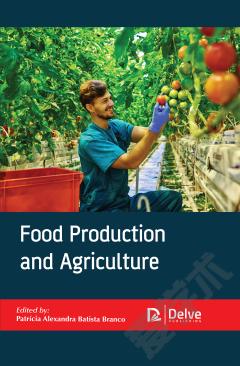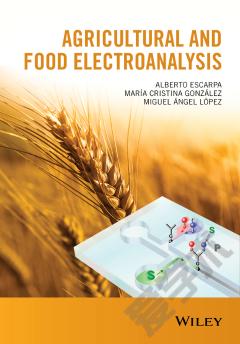Agriculture and Food
U.S. Department of Agriculture (USDA) programs have long supported beginning farmers. USDA generally defines a beginning farmer or rancher as one who has operated a farm or ranch for 10 years or less - without regard for age - and who materially and substantially participates in its operation. USDA's lending and conservation assistance to beginning farmers has been substantial and is growing. USDA supports beginning farmers primarily through its lending assistance. From fiscal years 2000 through 2006, FSA's lending to beginning farmers rose from $716 million to $1.1 billion annually - totaling more than $6 billion. However, USDA cannot demonstrate the effectiveness of its support for beginning farmers, because it has not developed a crosscutting, departmental strategic goal for its beginning farmers efforts and has only recently begun to analyze the characteristics of this group. This book explains the relationship and dependency that new farmers have on the USDA and how this relationship affects the amount of food available for the general public. This book also reviews USDA data on funding and scientist-years devoted to classical breeding, genomics and genetic engineering activities for plants and animals, as well as USDA's processes to address fraud, waste and abuse, and the extent to which the program's design makes it vulnerable to abuse. This book consists of public documents which have been located, gathered, combined, reformatted, and enhanced with a subject index, selectively edited and bound to provide easy access.
{{comment.content}}








 京公网安备 11010802027623号
京公网安备 11010802027623号